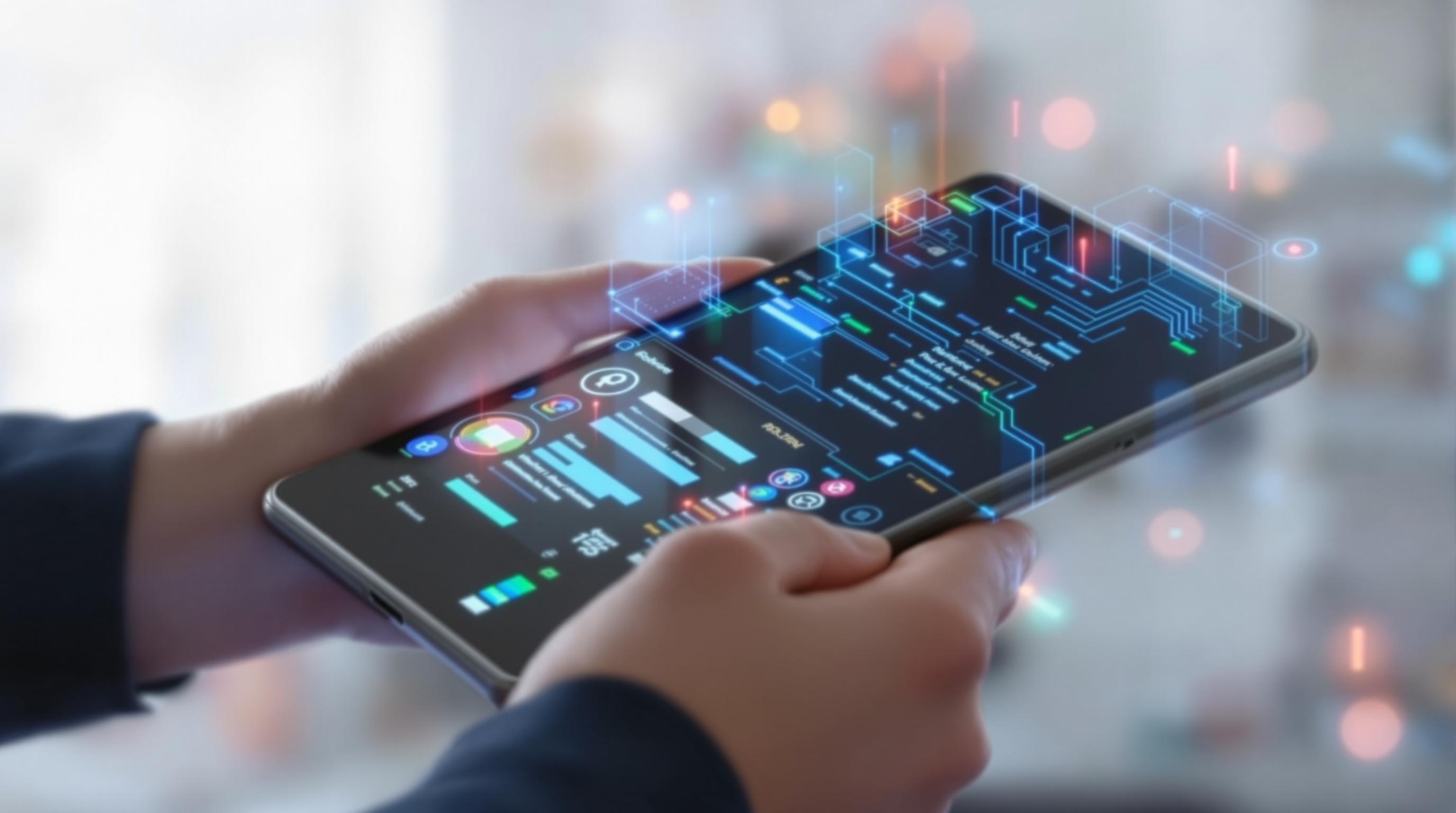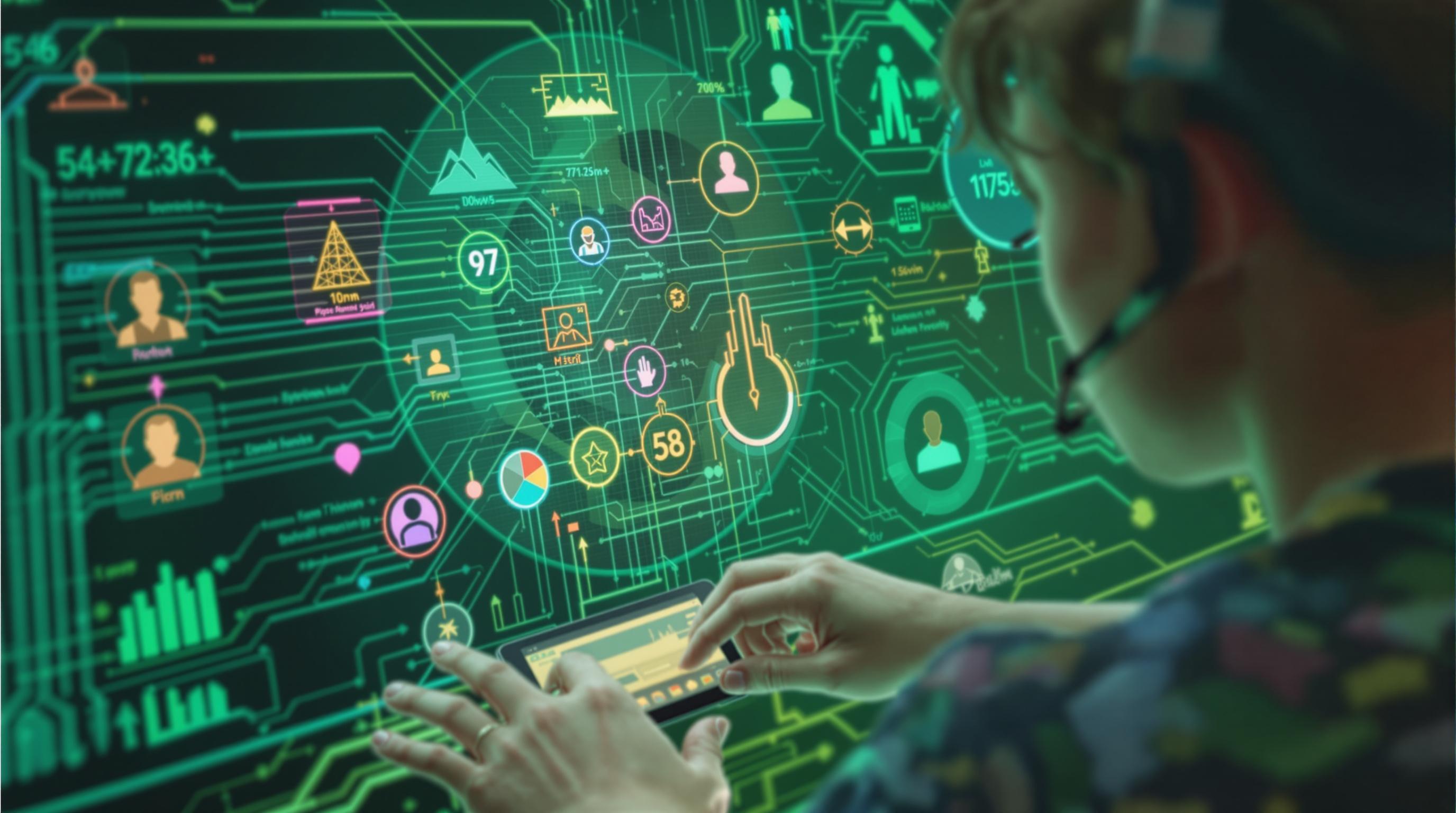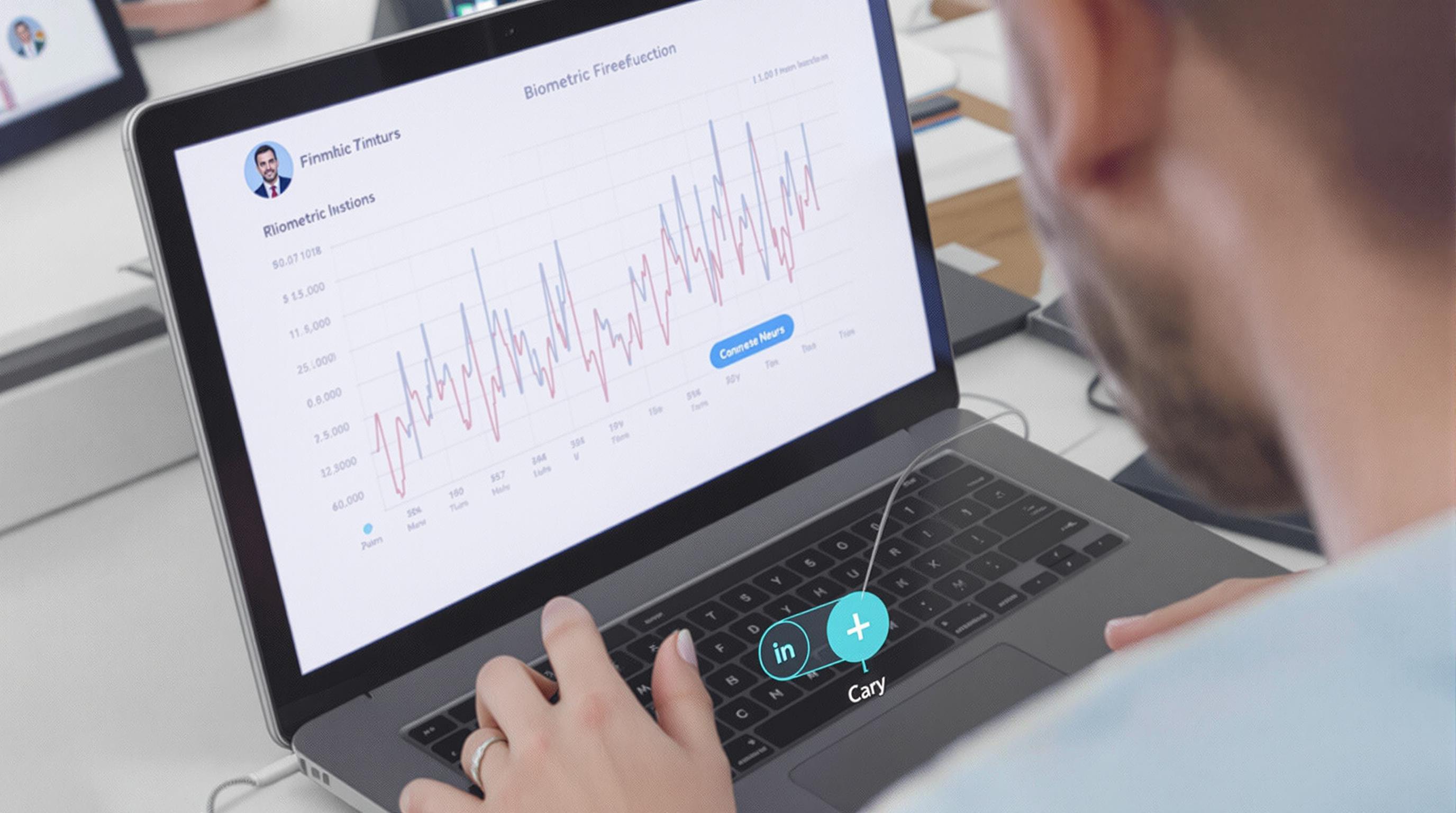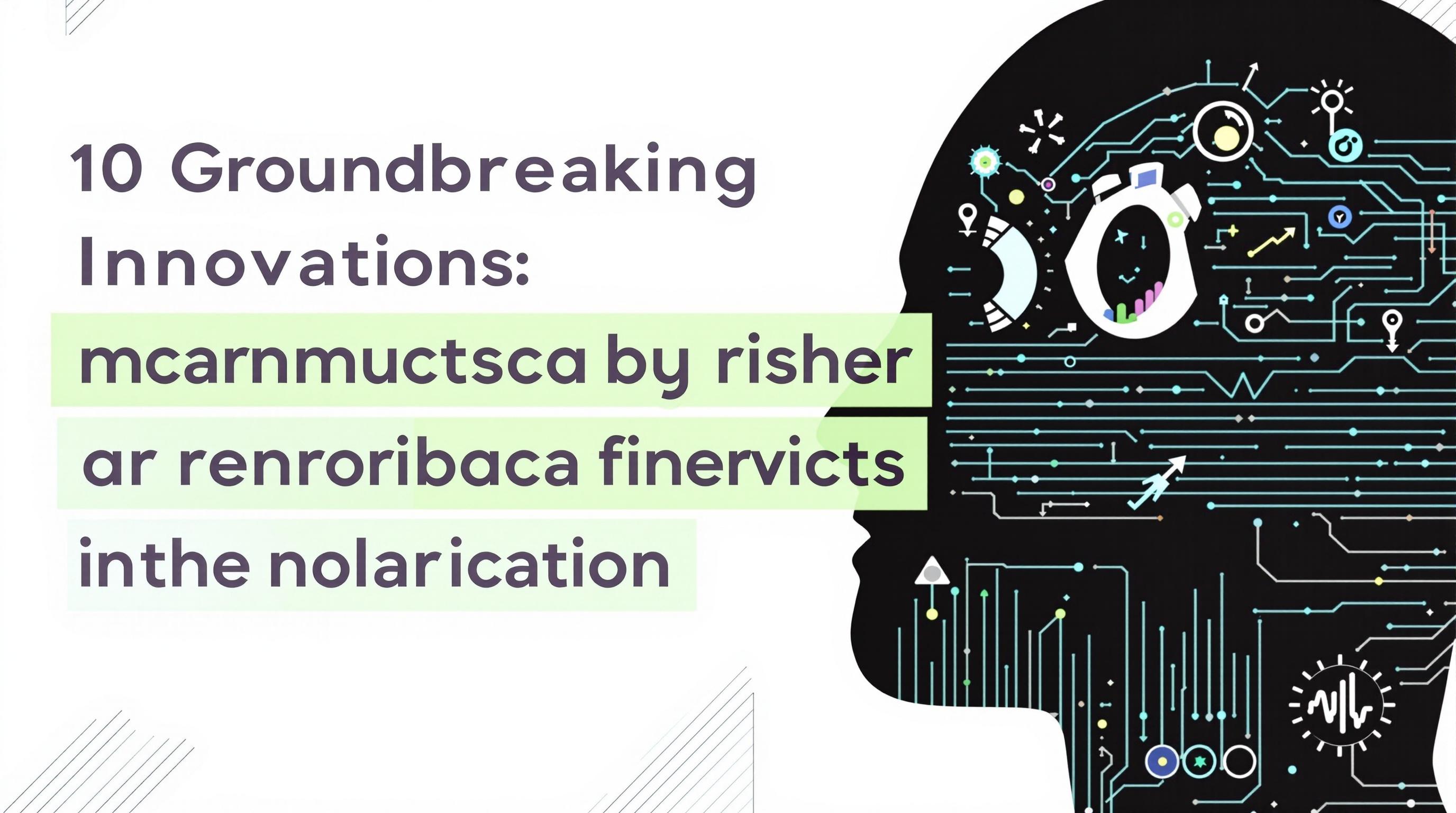Related Articles
- Uncharted Frequencies: The Surprising Role of Subcultures in Shaping Global Digital Landscapes
- Wired Whims: The Unexpected Role of Niche Online Communities in Shaping Global Digital Trends
- Fragmented Signals: Exploring the Shadows of Digital Divide in Emerging Economies and Its Impact on Global Unity
- Decoding the Invisible: How Microbial Communication Could Revolutionize Digital Interactions
- Cryptic Channels: How Encrypted Messaging Platforms Are Reshaping Trust and Transparency in Online Interactions
- Mysterious Modes: The Rise of Cryptographic Channels in Secret Online Dialogues and Their Hidden Impacts
10 Innovative Channels: How Biometric Feedback Liabilities Are Shaping Tomorrow's Risk Management in Communication Tools
10 Innovative Channels: How Biometric Feedback Liabilities Are Shaping Tomorrow's Risk Management in Communication Tools
Introduction to Biometric Feedback in Risk Management
The emergence of biometric feedback technology is revolutionizing risk management strategies, particularly in communication tools. By leveraging physiological data, such as heart rate and skin conductivity, organizations can gain insights into users' emotional and cognitive states. This innovative approach allows for proactive risk identification and mitigation, reshaping communication strategies across sectors.
As organizations increasingly rely on digital communication tools, understanding the stress levels and emotional responses of employees and customers becomes critical. With biometric data integrated into these tools, companies can tailor their communication approaches based on real-time feedback, improving overall effectiveness. This shift is not only about enhancing productivity but also about promoting mental well-being in the workplace.
Furthermore, combining biometric feedback with artificial intelligence creates a rich tapestry of data that can forecast potential issues before they escalate. As noted by Mukherjee and Hossain (2022), the convergence of technology and human behavior offers organizations a significant edge in managing risks related to communication.
Enhancing Emotional Intelligence in Communication
Biometric feedback allows organizations to cultivate a deeper understanding of emotional intelligence within their teams. By analyzing metrics such as stress levels, organizations can determine when individuals may require support, ensuring they maintain productivity without sacrificing mental health. This proactive strategy addresses the risks associated with employee burnout, ultimately creating a healthier work environment.
Tools that integrate biometric feedback into communication methods can identify when messages might be misinterpreted or may lead to emotional distress. For instance, a text message received during high-stress periods might not resonate well, leading to misunderstandings. By adjusting communication based on real-time biometric data, companies can significantly reduce the likelihood of conflict and disengagement.
Moreover, developing a culture of emotional intelligence, supported by biometric feedback, can lead to higher employee satisfaction and retention. According to Goleman (1995), emotional intelligence is key in fostering strong interpersonal relationships, and businesses that prioritize this will likely see more robust collaboration and innovation.
Risk Assessment in Communication Strategies
Risk assessment is vital in communication strategies as organizations strive to mitigate potential misunderstandings and conflicts. Traditional methods often rely on qualitative insights, but biometric feedback provides quantitative measures for assessing risks. Businesses can analyze data trends over time, enabling them to identify persistent issues or areas for improvement.
This data-driven approach enhances decision-making in communication strategies, allowing companies to adapt their messages proactively. By understanding the physiological responses of their audience, organizations can tailor their outreach and engagement efforts better, thereby minimizing risks associated with miscommunication.
Integrating biometric feedback into risk assessment frameworks also helps streamline internal evaluations. Employees can utilize self-reported metrics alongside biometric data, providing organizations with a more comprehensive understanding of factors affecting communication efficiency. This transformation in risk assessment practices paves the way for more effective, responsive strategies.
The Role of Artificial Intelligence
Artificial intelligence (AI) has the potential to revolutionize the processing and interpretation of biometric feedback data in communication tools. By employing machine learning algorithms, organizations can uncover patterns that may not be visible through traditional analysis methods. This insight can lead to customized communication that resonates well with recipients based on their emotional states.
In addition, AI can enhance the predictive capacity of biometric feedback. For instance, algorithms can analyze past interactions and predict the potential impact of future communications. This capability allows businesses to plan strategic engagements, minimizing the risks of negative feedback and ensuring recipient engagement.
Moreover, AI-driven analytics can provide real-time recommendations based on the biometric data collected. Employees can receive context-sensitive advice on how to communicate more effectively with their teams or clients, thus fostering a more adaptive and flexible communication environment.
Compliance and Data Privacy Considerations
Integrating biometric feedback into communication tools raises significant compliance and data privacy considerations. Organizations must ensure that they adhere to regulations governing data collection and usage, such as the General Data Protection Regulation (GDPR) and the Health Insurance Portability and Accountability Act (HIPAA). Failure to comply with these regulations can result in substantial financial penalties and reputational damage.
Furthermore, businesses must take proactive steps to educate employees and customers about their biometric data rights. Transparency in how data is collected and used fosters trust and encourages buy-in among stakeholders. Companies should implement robust data protection measures to safeguard sensitive information, thus strengthening their risk management practices.
Ensuring compliance and addressing privacy concerns not only reduces liability but also enhances the credibility of organizations as ethical communicators. Balancing innovative uses of biometric feedback with rigorous data protection measures is paramount to successfully navigating the complexities of modern communication tools.
Enhancing Crisis Communication
Crisis situations often demand swift, effective communication to manage both internal and external stakeholders. Biometric feedback can be instrumental in shaping crisis communication strategies, allowing organizations to gauge emotional reactions in real-time. This capability helps to tailor responses that are sensitive to the audience's psychological state, boosting the chances of effective communication.
In crises, stress levels can escalate quickly, and traditional communication methods may not suffice. By utilizing biometric data, organizations can dynamically adjust their messages to reduce fear or uncertainty, aligning with stakeholders' emotional needs. This adaptive approach can mitigate reputational damage and foster a sense of trust among stakeholders during turbulent times.
Furthermore, follow-up communication post-crisis benefits from understanding the residual emotions of the affected audience. Organizations can gather biometric feedback to gauge the effectiveness of their messaging and learn from it to refine future crisis communication plans.
Personalized Customer Interactions
In the realm of customer service, personalized interactions are crucial for building lasting relationships. Biometric feedback provides insights into customers' emotional states, enabling organizations to tailor their engagements more effectively. By understanding when a customer feels anxious or frustrated, companies can proactively address these feelings and respond accordingly.
This level of personalization extends beyond mere transactional interactions. Biometric data allows organizations to create a more empathetic customer service experience, where agents can choose words and tones that resonate with the customer’s emotional state. Such responsiveness is likely to enhance customer satisfaction and loyalty.
Moreover, analysis of biometric feedback over time can help identify trends in customer emotions, guiding product development and marketing strategies. Understanding customer preferences derived from emotional data fosters a more customer-centric approach and drives business innovation.
Employee Training and Development
Biometric feedback is not only a tool for managing communication; it can also serve as a training aid in developing employee skills. Organizations can utilize biometric data during training sessions to assess how employees respond to various communication styles and techniques. This formative feedback helps tailor development programs to individual needs, promoting more effective learning experiences.
Moreover, incorporating biometric feedback into training sessions contributes to a culture of continuous improvement. Employees can receive real-time insights on their performance during practice scenarios, enabling them to adjust their communication styles accordingly. This iterative learning environment fosters greater resilience and adaptability among team members.
Investing in employee development through biometric feedback ultimately leads to enhanced communication skills across the organization. As employees grow in their ability to navigate emotional landscapes, they contribute to reduced risks in communication, resulting in a more harmonious workplace.
Future Trends in Biometric Communication
The integration of biometric feedback into communication tools is set to expand as technology advances. Emerging trends such as wearables and the Internet of Things (IoT) will further enhance the collection and analysis of biometric data. In the coming years, organizations may see a surge in the adoption of tools that seamlessly integrate biometric feedback into everyday communications.
In particular, as virtual and augmented reality become more commonplace, the potential for biometric feedback to enhance these experiences is enormous. Combining physical and digital interactions through biometric data can create immersive communication experiences that resonate deeply with users’ emotions.
As the industry continues to evolve, organizations that embrace these innovations in risk management and communication will likely gain a competitive advantage. By staying ahead of the curve, companies can not only enhance their internal communication strategies but also create meaningful connections with clients and consumers.
Conclusion
Biometric feedback is reshaping risk management in communication tools by providing organizations with actionable insights into human emotions and states. By leveraging this data, businesses can foster deeper connections with employees and customers, enhancing emotional intelligence and effective communication.
As technology continues to evolve, the role of biometric feedback in risk management will only grow, providing a robust framework for understanding and mitigating communication risks. Forward-thinking organizations that embrace this innovative approach are likely to thrive in an increasingly interconnected and emotionally aware world.
In conclusion, the careful integration of biometric feedback into communication strategies heralds a new era of risk management, where data-driven insights empower organizations to create a more empathetic and responsive communication landscape.




